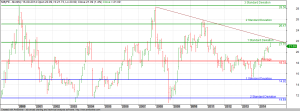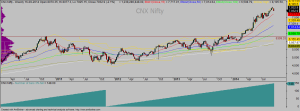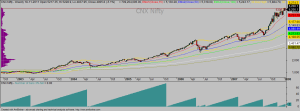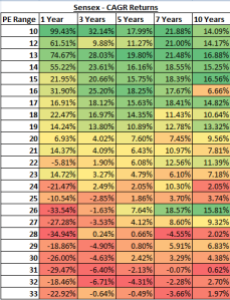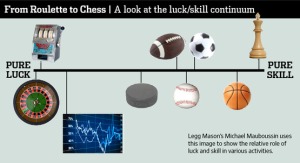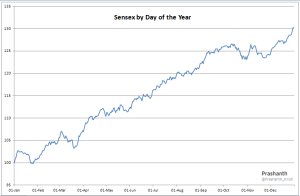Strategies are dime a dozen in markets. While broadly speaking, we have 3 major strategies – Fundamental / Technical and Quantitative, each of them in-turn have more strategies than your fingers can count. And best of all, each and almost every strategy has its day in the Sun. What it means is that I can always pick and choose as to why this strategy is something that should be followed using my knowledge of Hindsight bias, Selection Boas and Survivor Bias.
But if one dig’s a bit deeper, one can see why many a strategy are not worth pursuing. Most fail and ironically they fail at the exact moment you need them to support your cause.
It does not matter how much one reads about having the discipline to stick to a strategy come hell or high water, its easy for us to find ourselves vulnerable to the very Greed and Fear which we are told to overcome. My own belief is that the more we understand our system better, the higher the chance that we will stick when the going is bad so as to enable us to make the best of it when the turnaround comes.
Take a strategy such as Trend following for example. While on one hand it seems pretty simplistic and easy to follow, the truth is that trend following is a difficult way to make money in markets. Most strategies of trend following nature have a negative win-loss record (in other words, more losses than wins). While a strategy is good if it has positive expectancy and beats the underlying on a Buy & Hold basis, that in itself counts for nothing when the chips are down.
Most trend following systems not only have a inferior win loss ratio but also has a distinct disadvantage in terms of serial losses. Most systems I have tested have serial losses of 8 or more (13 in one instance). While numbers alone do little justice to the pain, just think about it as falling down 13 times in a row while in a marathon race. Not only every competitor you see has moved forward (one never sees behind, its always forward :P), but one now has to recover from the self inflicted (as our mind tends to make us believe) injuries.
Its in these depressing and dark times that most people lose their nerve and abandon their strategy, a time which in hindsight shall prove was when they should actually have been loading up for the good times ahead. But at the moment when the decision was made, it looks like the best decision under the said circumstances.
So, the question is, how to overcome such repeated acts of omission and commission owing to our inability to overcome many of our heuristic biases?
To me, the best way is to understand in depth the vulnerabilities of the strategy we choose to apply. No strategy provides a one way road to riches and in markets, unless you are a seller of a tip service, you cannot have a strategy that has a 99% win record. Once you have understood the philosophy and its draw-backs, the “throwing in the towel” will not happen as regularly as before.
For instance, if your back-test has shown that your worst streak was a 13 trade loss, you will need to stay with it and not lose sleep when you hit the 7 trade mark since this is something that has happened and should be expected too. Heck, since I believe (and have using OOS samples found evidence) that the worst draw-down is the one in the future one should expect even that high number of 13 to be broken forward sometime in the future.
Once you know and prepare for your worst case scenario, you know that you have reduced your ability to fail at the crucial moment to a very small degree, something that you can control.
